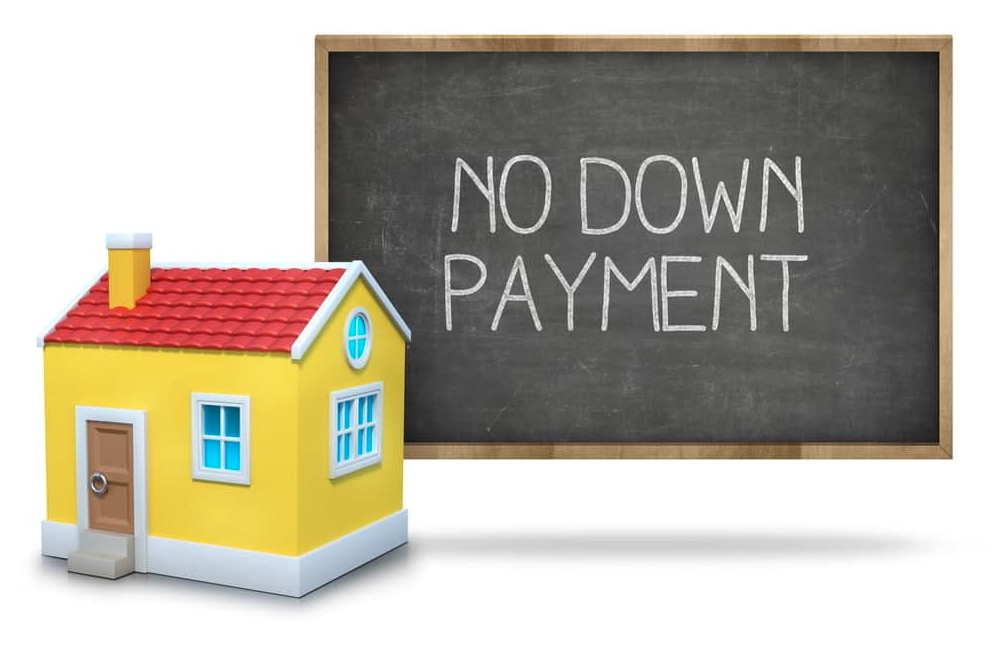Funeral Services Explained: Costs, Planning, and What to Expect
Understanding funeral services, costs, and planning is essential for making informed decisions during a difficult time. Whether you are pre-planning for yourself or arranging a service for a loved one, knowing what to expect can help ease the process. This guide covers different funeral options, cost breakdowns, and key planning steps.
Types of Funeral Services
There are several types of funeral services available, each catering to different preferences, religious beliefs, and budgets.
| Funeral Service Type | Description | Best For |
|---|---|---|
| Traditional Funeral | Includes a viewing, formal service, and burial. | Families seeking a structured, traditional ceremony. |
| Cremation | The body is cremated, and ashes may be kept or scattered. | Those who prefer flexibility in memorialization. |
| Memorial Service | A service held without the presence of the body. | Families wanting a gathering without immediate burial or cremation. |
| Green Burial | An eco-friendly burial without embalming or a traditional casket. | Environmentally-conscious individuals. |
| Direct Burial | A simple burial without a formal service. | Those seeking a cost-effective option. |
Funeral Costs Breakdown
Funeral costs can vary significantly based on the type of service chosen. Below is an estimated cost range for common funeral services in the U.S.:
| Funeral Service Type | Estimated Cost Range |
| Traditional Funeral | $7,000 - $12,000 |
| Cremation | $2,000 - $6,000 |
| Memorial Service | $1,500 - $5,000 |
| Green Burial | $3,000 - $6,000 |
| Direct Burial | $1,000 - $4,000 |
Additional costs may include:
- Casket or urn – $1,000 to $5,000
- Funeral home services – $2,000 to $4,000
- Cemetery plot and burial fees – $1,500 to $5,000
- Flowers and memorial items – $200 to $1,000
How to Plan a Funeral Service
1. Determine Your Budget
Decide how much you can afford to spend and explore cost-effective options.
2. Choose a Funeral Home
Research local funeral homes, read reviews, and compare services.
3. Select the Type of Service
Consider whether a traditional funeral, cremation, or memorial service best fits your needs.
4. Arrange Necessary Paperwork
Obtain a death certificate, burial permits, and other legal documents.
5. Plan the Ceremony Details
Choose elements such as:
- Location and officiant
- Music and readings
- Flowers and memorial displays
- Transportation for attendees
6. Notify Family and Friends
Send out invitations or announcements regarding the service.
What to Expect at a Funeral Service
A funeral service typically follows this structure:
- Visitation or Viewing – An opportunity for friends and family to pay respects.
- Funeral Ceremony – A formal service led by an officiant.
- Burial or Cremation – The body is laid to rest or cremated.
- Reception – A gathering for attendees to share memories and support one another.
Conclusion
Understanding funeral services, costs, and planning can help you navigate this challenging process with confidence. Whether arranging a service for a loved one or pre-planning for yourself, knowing what to expect ensures a meaningful and respectful farewell.
Explore

No Down Payment Loans Explained: How to Buy Your Home with Zero Upfront Costs

Preapproved Loans Explained: Unlock Better Rates and a Smoother Loan Process

How to Choose the Best Air Purifier for Your Home: HEPA Technology Explained

What to Expect from New Child Support Laws in 2025: Key Changes You Need to Know

Find The Best Retirement Planning Advisors Near You

Top 10 Estate Planning Lawyers in the USA: Who to Trust with Your Legacy

What Is ERP? A Complete Guide to Enterprise Resource Planning

The Best VPN Services of 2025: Speed, Security, and Unmatched Privacy
